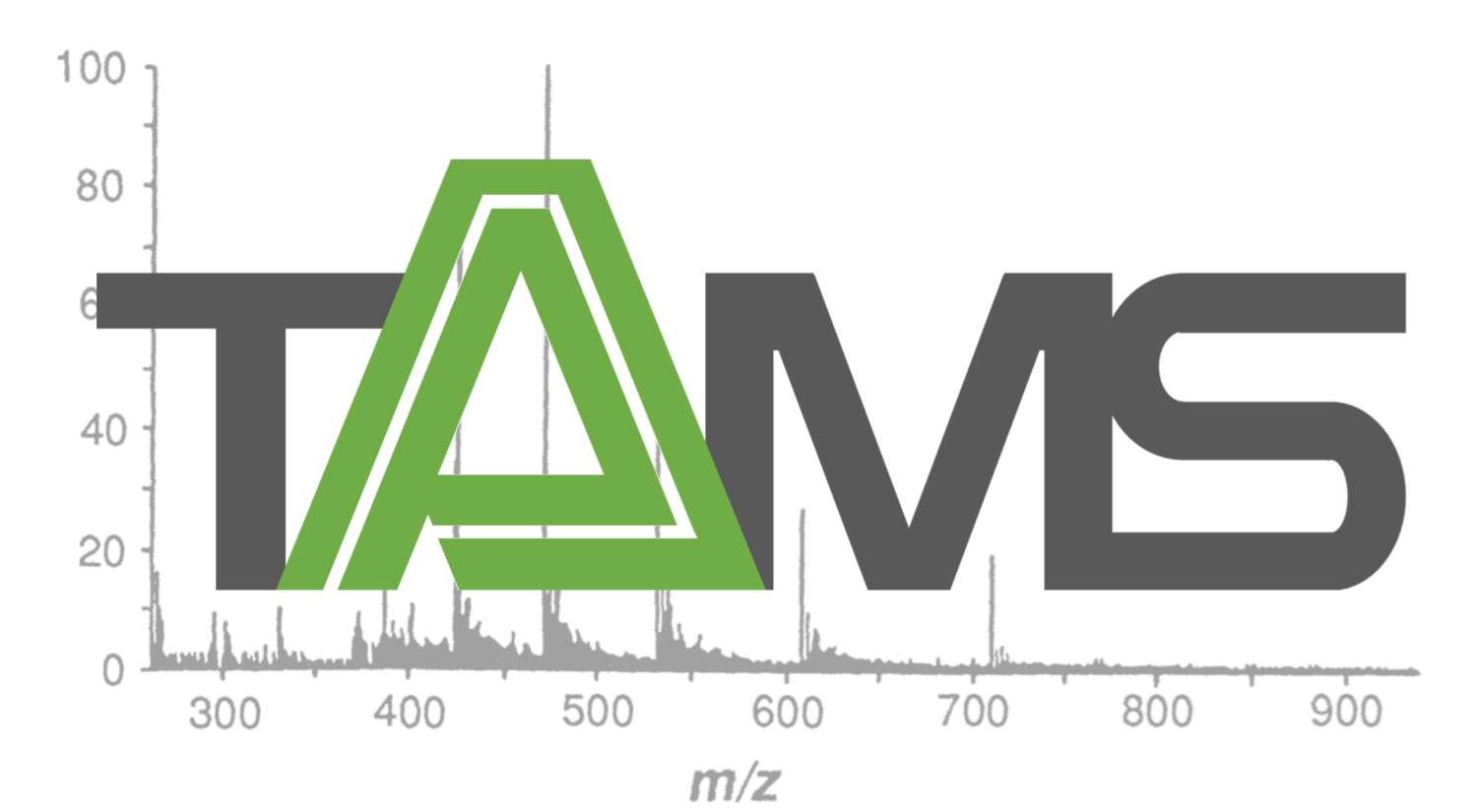Plenary Lecture:
"Maximizing Fragmentation Data for Untargeted Metabolomics"
Professor Gary Patti, Washington University in St. Louis, St. Louis, Missouri
LC/MS-based untargeted metabolomics is now an established experimental approach that is being broadly applied by many laboratories worldwide. Interpreting untargeted metabolomic data, however, remains a challenge and limits the translation of results into biologically relevant conclusions. In particular, structural characterization of metabolomic "features" has proven to be a rate-limiting step. Here, several approaches will be presented as solutions to this limitation. The first solution discussed will explore acquisition of MS1 and MS2 data simultaneously. While such an approach has been previously applied in MS-based applications, this talk will discuss bioinformatic solutions (XCMS and METLIN) for the resulting data. Additionally, QqQ instrumentation will be explored as a platform for global metabolite profiling. Our algorithms for generating ~83,000 metabolite MRMs from METLIN will be presented. Finally, an application of these approaches to improve our understanding of neurological dysfunction will be explored.
Student Lecture:
"Fighting Superbugs One Spectrum at a Time"
Daniel Todd, Laboratory of Professor Nadja Cech, UNC Greensboro, Department of Chemistry and Biochemistry
Antibiotic-resistant bacteria are responsible for an estimated 2 million illnesses and 23,000 deaths annually in the United States. One emerging strategy for combating these infections is inhibition of bacterial pathogenesis. In Gram positive bacteria, pathogenesis is controlled by small cyclic peptides known as auto-inducing peptides (AIPs), the structures of which differ for each species of bacteria. These AIPs are signaling molecules that control the production of toxins and virulence factors. Thus, the production of toxins by the bacteria is linked to the concentration of AIP within the spent growth media. Unfortunately, the structure for many of the AIPs is unknown. Our lab has used liquid chromatography-mass spectrometry to successfully identify four previously unknown AIPs and confirm the structure of five known AIPs. Using this capability, we have developed a new mass spectrometry based assay for efficient screening for small molecule inhibitors that suppress bacterial pathogenesis. We have incorporated mass spectrometry in every step along the drug discovery process, from bioassay development, to chemometric analysis, to mass-directed fraction and structure elucidation.
